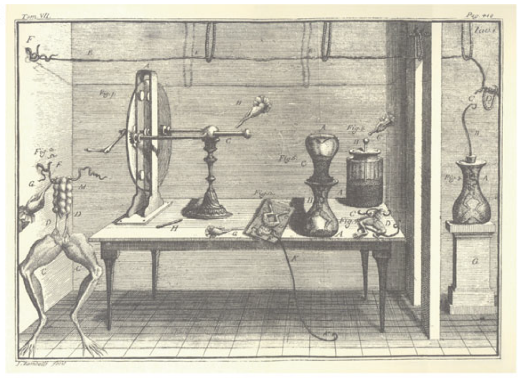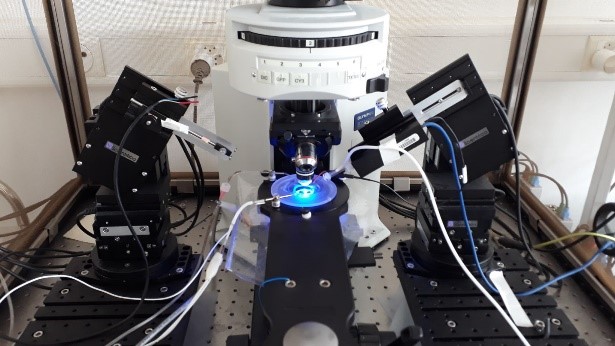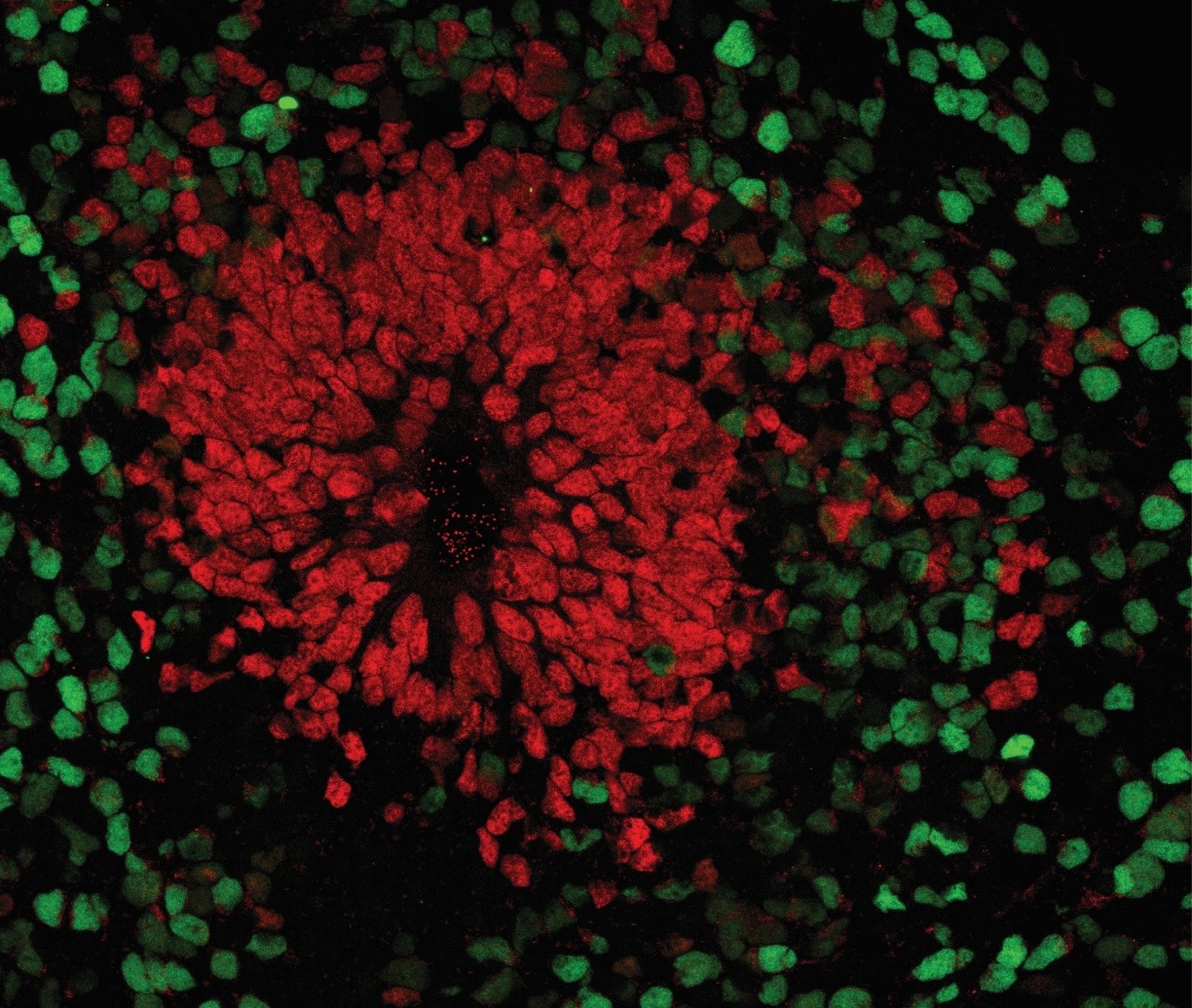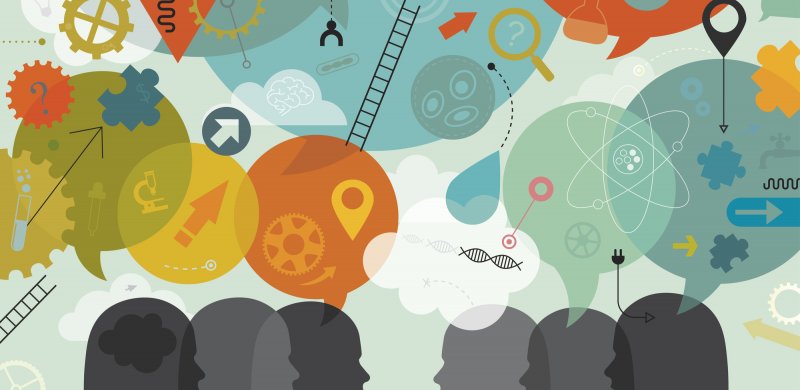A typical day in science (Alessandro Chioino)
Hey there,
I am your friendly neighbourhood Early Stage Researcher 2, but my friends call me Alessandro.
Seven months ago, I moved to Lausanne to start my new life as PhD student and a few things changed since then. I would love to give you all the details about how difficult it was to find a place to live along the Lake Geneva (or Lac Léman if you like), but time is running.
I set some important experiments for today and I can’t stay to talk…you know what? Join me for the day, but don’t tell anyone! What? You wonder how it is to work in a laboratory and what we are up to during the day? Well, it really depends on each laboratory and every day ends up to be different from the others.
You need to organize your schedule early in advance and carefully plan all the steps of your experiments: order reagents, materials, be sure the instrument you need is available on that day, etc. Oh, and don’t forget to be resilient, the passion for what you do is important, but you feel like your experiments will never work.
Me and my group are mainly working on understanding how stress events impact brain function and behaviour, with a focus on hormones and cellular metabolism.
Hey, we arrived at my department. Please, follow me into the laboratory and be ready for a world of wonders.

Welcome to the electrophysiology room! This is where scientists prepare their magic solutions with one aim in their minds: capture the activity of single neurons. What? You don’t know what electrophysiology is? Luckily for you I am here to help you with that.
We can say that electrophysiology was born in the 18th century thanks to the work of an Italian academic in Bologne, Luigi Galvani, on the muscular contraction of frogs.
Galvani observed that when a spark was applied to the muscular preparation, a robust contraction was triggered in the sample. This first simple observation led him to conduct further experiments and to postulate the existence of an “electrical force” that governs the muscular and cellular excitation.
Science is not an easy environment and his theory was not immediately accepted, the myth says he was even called “the frogs dancing master”.

Fortunately for us, other scientists kept working on this initial theory, changing it and improving the tools to provide more fine observations of the bioelectrical properties of living tissues.
Think about that: more than two-hundred years divide Galvani from us but we still are walking on the path he first drew. With the knowledge we accumulated and the technical expertise we now have, it is possible for us to use equipment for electrophysiology that allows us to see how the cells behave inside the complex brain network, to modify their activity or to observe how external conditions shape their behaviour. Sounds crazy, doesn’t it?
Let me prepare some solutions for my experiments now!
I am finally done with today’s experiment! You are lucky, today is the day of the aperitif organized by the department: lots of free food, beers and singing scientists will be there, you cannot miss it!
Hope you had fun following me today!
By Alessandro Chioino




Be the first to reply